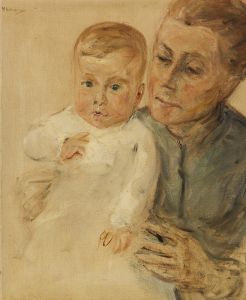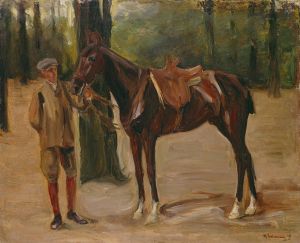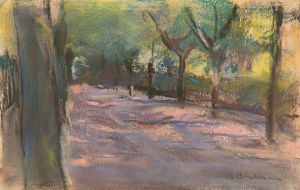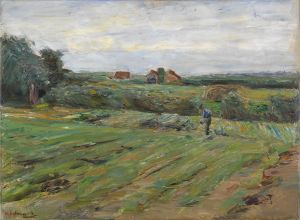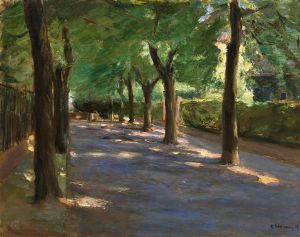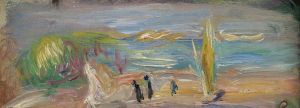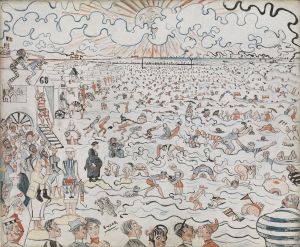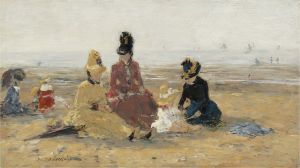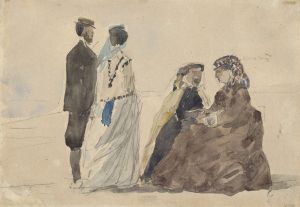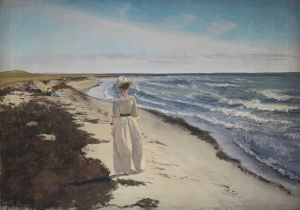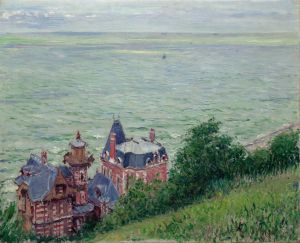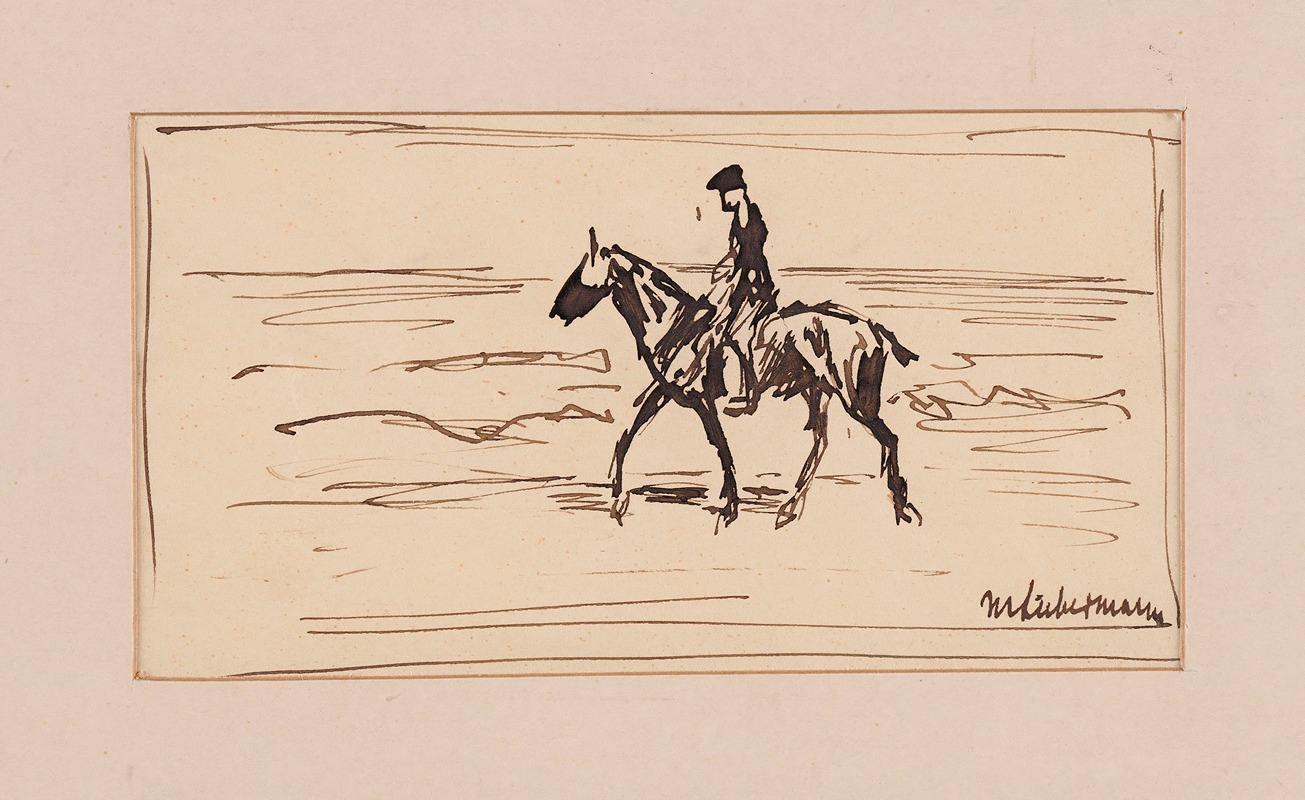
Federzeichnung; Reiter am Strand
A hand-painted replica of Max Liebermann’s masterpiece Federzeichnung; Reiter am Strand, meticulously crafted by professional artists to capture the true essence of the original. Each piece is created with museum-quality canvas and rare mineral pigments, carefully painted by experienced artists with delicate brushstrokes and rich, layered colors to perfectly recreate the texture of the original artwork. Unlike machine-printed reproductions, this hand-painted version brings the painting to life, infused with the artist’s emotions and skill in every stroke. Whether for personal collection or home decoration, it instantly elevates the artistic atmosphere of any space.
"Federzeichnung; Reiter am Strand" (Pen Drawing; Riders on the Beach) is a notable artwork by the German painter Max Liebermann. Max Liebermann (1847–1935) was a leading figure in the German Impressionist movement and is often celebrated for his depictions of everyday life and landscapes. His works are characterized by their loose brushwork and vibrant use of color, capturing the essence of the scenes he portrayed.
"Federzeichnung; Reiter am Strand" is a pen drawing that showcases Liebermann's skill in capturing movement and atmosphere with minimalistic yet expressive lines. The artwork depicts a group of riders on horseback along a beach, a subject Liebermann frequently explored in his oeuvre. This theme reflects his fascination with leisure activities and the natural environment, particularly the coastal landscapes of the Netherlands, where he spent considerable time.
The drawing exemplifies Liebermann's ability to convey dynamic motion and the interplay of light and shadow using simple, fluid strokes. The riders are depicted in various poses, some trotting leisurely while others gallop, creating a sense of rhythm and spontaneity. The beach setting is suggested through the expansive, open space and the horizon line, evoking a sense of freedom and tranquility.
Liebermann's interest in equestrian subjects can be traced back to his admiration for the works of earlier artists such as Edgar Degas, who also frequently depicted horses and riders. However, Liebermann's approach is distinct in its emphasis on the interaction between the figures and their environment, capturing the fleeting moments of everyday life with an impressionistic sensibility.
Throughout his career, Liebermann was associated with the Berlin Secession, an art movement that sought to break away from the conservative academic standards of the time. His works, including "Federzeichnung; Reiter am Strand," played a significant role in shaping modern German art and influencing subsequent generations of artists.
Liebermann's contributions to art were recognized during his lifetime, and he held prominent positions such as the president of the Prussian Academy of Arts. Despite facing persecution during the Nazi regime due to his Jewish heritage, his legacy endured, and his works continue to be celebrated for their artistic merit and historical significance.
"Federzeichnung; Reiter am Strand" remains an important example of Liebermann's mastery in capturing the essence of his subjects with economy and elegance. The drawing is part of various collections and has been exhibited in numerous galleries and museums, reflecting its enduring appeal and Liebermann's esteemed place in art history.





